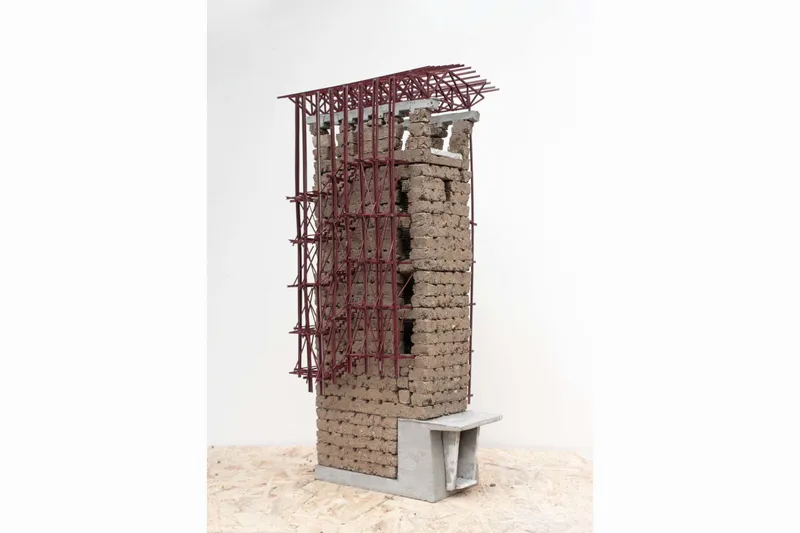Thesis – Earthen Castle
My response to the brief of Contemporary Rural is to consider the modern situation in which people live in rural places. One of the issues people have is that there’s less of a community – especially in Essex in which London’s bustling city life is a mere half an hour away by direct train. People spend less time in their home town and as a result the community is less enriched. One of the main purposes of my project is to engage, with the locals and students, in a learning atmosphere to teach about topics surrounding sustainability. By fostering connection between people, I have hope that a sense of community would arise through the shared purpose of caring about our world with attention to how we build in it.
In my project I’m creating a natural building school where a small number of students can reside on-site and learn about building with earthen materials theoretically and in practice. The buildings themselves on the site are also built using cob – a mixture of clay soil, fibre (straw or hemp) and gravel. England still has many cob buildings, some of which are thousands of years old. The buildings themselves show visitors what can be accomplished with the material and act as inspiration for students in their own work.
I wanted to create a relationship between the site and my project to relate to the area’s history, so for part of my project I investigated Hadleigh Castle and the Salvation Army settlements for inspiration. I have three main buildings – the tower accommodation for students (top), the classroom/workspace (bottom left building) as well as the dining hall/social space. The reason why I decided to include a specific social space was due to my research as I found a key part of the castle was having a Great Hall, which would be used for social gathering, events and meals so it had a flexible use. I felt that this spoke to the core philosophy of my project of creating more of a community like the Salvation Army settlements from the 1900s.
My project is focused on the application of ancient earth building techniques in a modern context as a sustainable solution for climate change. It is also focused on educating locals and students about sustainability issues in order to recreate a community like the Salvation Army had on the same site.















